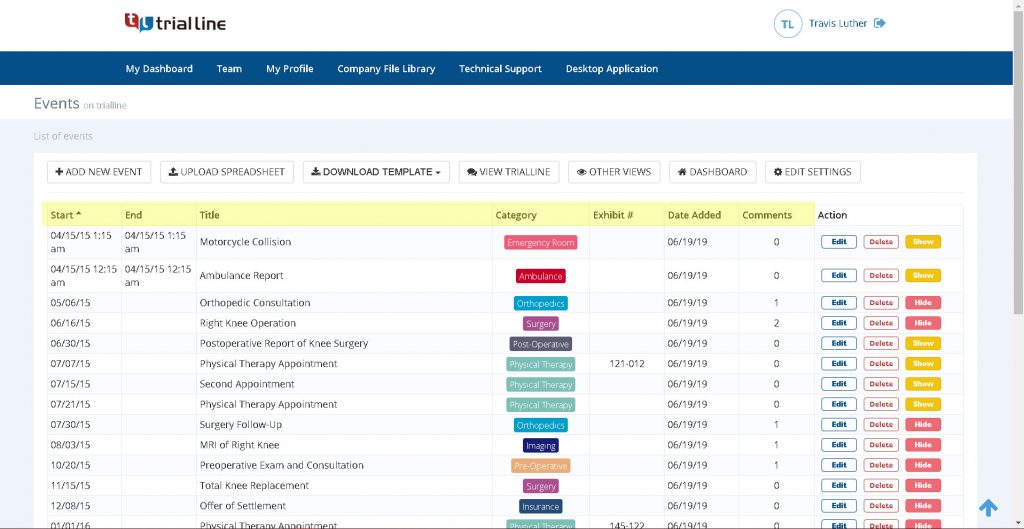 Divorce is a difficult and emotional process, particularly when it comes to dividing marital assets. In most states, marital property is divided equitably between the parties, which means that each spouse is entitled to a fair share of the assets acquired during the marriage. However, determining what constitutes a fair share can be a complex and contentious process, particularly when there are significant assets at stake. One tool that can be particularly helpful in this process is a timeline.
Divorce is a difficult and emotional process, particularly when it comes to dividing marital assets. In most states, marital property is divided equitably between the parties, which means that each spouse is entitled to a fair share of the assets acquired during the marriage. However, determining what constitutes a fair share can be a complex and contentious process, particularly when there are significant assets at stake. One tool that can be particularly helpful in this process is a timeline.
A timeline is a chronological list of important events and transactions that occurred during the marriage, including the acquisition and disposition of assets. By creating a detailed timeline of the parties’ financial history, you can better understand how the assets were acquired and how they should be divided.
Here are some ways a TrialLine.net timeline can be used to divide marital assets in a divorce:
- Identifying marital and separate property: A timeline can help you identify which assets are marital property and which assets are separate property. For example, if one spouse had a pre-marital bank account that they continued to maintain during the marriage, the funds in that account may be considered separate property. By creating a timeline of when the account was opened, when deposits were made, and when withdrawals were made, you can determine which funds are separate property and which are marital property.
- Tracing the source of funds: A timeline can help you trace the source of funds used to acquire assets. For example, if one spouse used funds from an inheritance to purchase a home, that home may be considered separate property. By creating a timeline of when the inheritance was received, when the home was purchased, and how it was financed, you can trace the source of the funds and determine whether the home is marital or separate property.
- Valuing assets: A timeline can help you value assets, particularly those that have appreciated in value during the marriage. For example, if one spouse started a business during the marriage, a timeline can help you track the growth of the business over time and determine its current value. By creating a timeline of when the business was started, when significant investments were made, and when profits were generated, you can better understand the value of the business and how it should be divided.
- Establishing a pattern of behavior: A timeline can also be helpful in establishing a pattern of behavior, particularly if one spouse has engaged in financial misconduct. For example, if one spouse has been hiding assets or transferring funds to a secret account, a timeline can help you identify when the transfers occurred and how much was transferred. By presenting a detailed timeline to the court, you can demonstrate a pattern of behavior that may justify an unequal division of assets.





